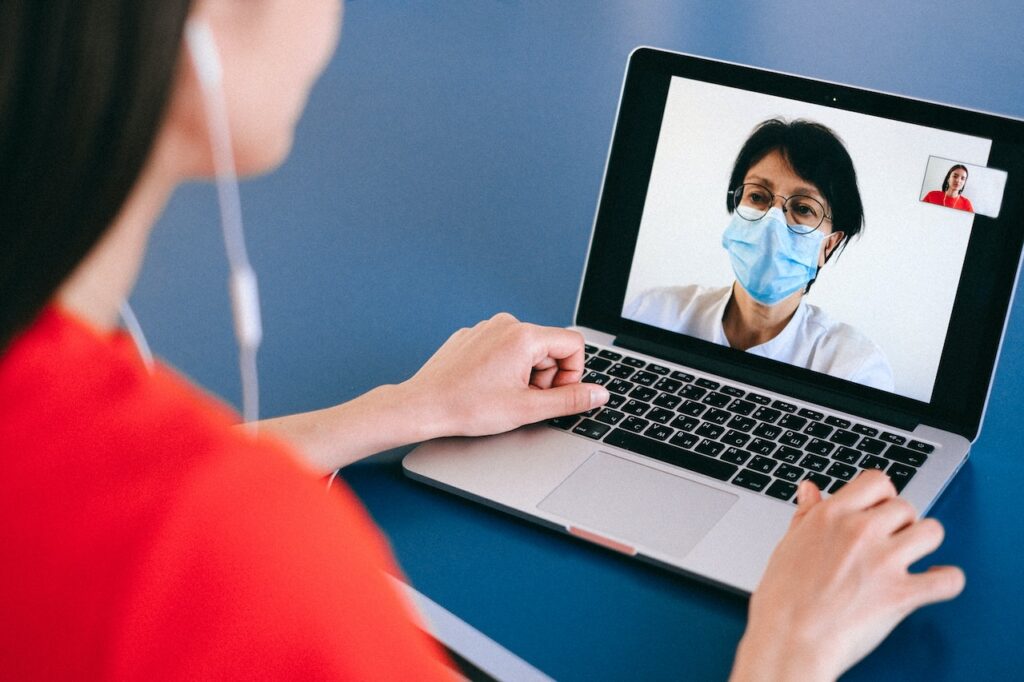Telehealth has emerged as a key tool for a range of medical services. It can help reduce congestion and virus exposure in facility waiting rooms. It improves access to vital medical treatment for those with mobility challenges, difficult family or work schedules, and residencies in underserved locations.
Yet, telehealth services are not invulnerable to issues. One of the key concerns at the moment is how this approach to medicine affects data privacy and online security.
While telehealth platforms and practices aim to meet Health Insurance Portability and Accountability Act (HIPAA) standards, facilities must go further in their efforts. Thankfully, a range of technology and tools are available to address the hazards patients and professionals face.
Different Methods To Handle Patient Data Risks
We’re going to explore some of the methods that must be used to mitigate patient data risks in telehealth services.
Information Security Programs
While telehealth is among the technologies transforming the healthcare industry, the patient data risks involved in telehealth can be complex. Not to mention the methods bad actors use are frequently changing and developing.
As such, one of the most important cybersecurity tools for telehealth at the moment isn’t a single security platform or software service. Rather, it’s incorporating an information security program into a practice’s processes.
At its core, an information security program is a robust set of protocols that strengthen data integrity in an organization. It also functions as a way of keeping track of the elements that a practice needs to protect and the technology assets they use to keep these safe.
Creating An Information Security Program
For instance, your telehealth information security program could outline the types of patient data recorded during certain appointments. Also, the systems these are stored in and which staff or partner facilities must have access to these.
The company can then use the program to identify which security measures and technologies — such as encrypted cloud storage for sharing between facilities — are most appropriate for each circumstance.
By building a program that is clear, strong, and visible, it becomes more practical to manage the risks. It also tends to reduce internal errors that can leave patient data vulnerable. However, it’s important to note that each staff member needs full training alongside designing a robust information security program.
Threat Monitoring
Patient data is a valuable target for unethical third parties. As such, they actively focus on breaching telehealth services and the facilities connected to these. It’s important, therefore, for medical professionals not to take a passive approach to data security. There must be constant efforts to identify and assess threats in real-time.
Using Artificial Intelligence Platforms
Artificial intelligence (AI) platforms can be a valuable tool here. Just as AI is making headway into remote patient monitoring in telehealth, similar processes can monitor threats.
Just as AI is making headway into remote patient monitoring in telehealth, similar processes are also being used to monitor threats. This software is integrated into the facility’s networks and taught to think like hackers. The result is that the platform can assess and identify areas of vulnerability and spot the early signs of attacks and breaches.
However, it’s important to remember that AI threat monitoring software shouldn’t be the only approach to telehealth threat monitoring. It is at its most effective when combined with other forms of detection.
Telehealth threat monitoring should include network access control (NAC) tools that provide real-time visibility of all devices connected to the network and how they operate. Security staff and AI software can then work together to identify suspicious behavior and respond to it efficiently and effectively.
Cybersecurity Education
Another key tool for mitigating patient data risks in telehealth is solid cybersecurity education. Without fully understanding the risks facilities face and the techniques used to overcome them, there is greater scope for vulnerability. Technology plays a crucial role in making this practical and effective.
Cybersecurity Training In Different Formats
The process should begin with facilities utilizing eLearning platforms to provide all staff with effective cybersecurity training.
This approach means that staff can experience simulations of cyberattacks in a safe environment and practice proper responses with tools like virus protection sandboxes and application lockout procedures. It can also introduce them to using security basics such as multi-factor authentication when accessing telehealth platforms.
It’s not just internal education that needs to be prioritized. Facilities should also educate their patients on utilizing security technology and processes.
Arranging the technology set-up already forms a key part of the preparations patients should take before telehealth appointments. This preparation should go further than simply testing wi-fi connections and camera functionality.
Facilities should provide patients with advice on utilizing virtual private networks (VPNs) if they’re attending appointments with a public internet connection.
It’s also wise to encourage users to run virus-scanning software on their devices before appointments to ensure their tools aren’t vulnerable to breaches.
Conclusion
Telehealth has the potential to improve access to and efficiency of medical services. However, utilizing the right tech tools and methods to address patient data risks is also important. Implementing a strong information security program helps to boost the visibility of issues and the most appropriate solutions.
AI threat detection provides real-time identification of breaches at the earliest opportunity. It’s also vital to understand how providing security education to staff and patients alike improve the safety of telehealth for everyone involved. The industry can’t avoid data risks, but robust measures can mitigate these impacts.
